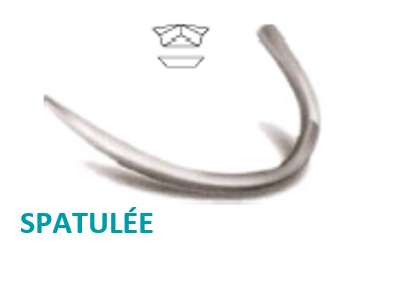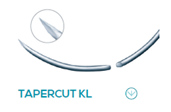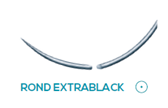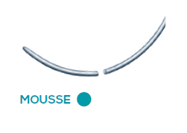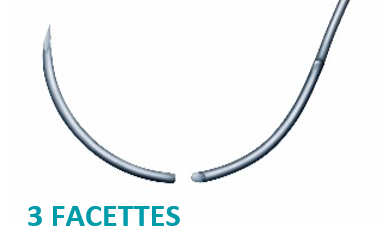1Miriam Byrne, MD, FRCS (Plast); and Al Aly, MD, FACS, Aesthetic Surgery Journal The Surgical Needle 2019, Vol 39(S2) S73–S7719.
2 Données internes : R&D Report SPS009-0108EN, Study of the needles of cardiovascular sutures from PETERS SURGICAL. The data reported come from a study on an animal model (on anatomical subjects, in vitro, etc.), the observed effects of which cannot be extrapolated to a possible benefit in humans







